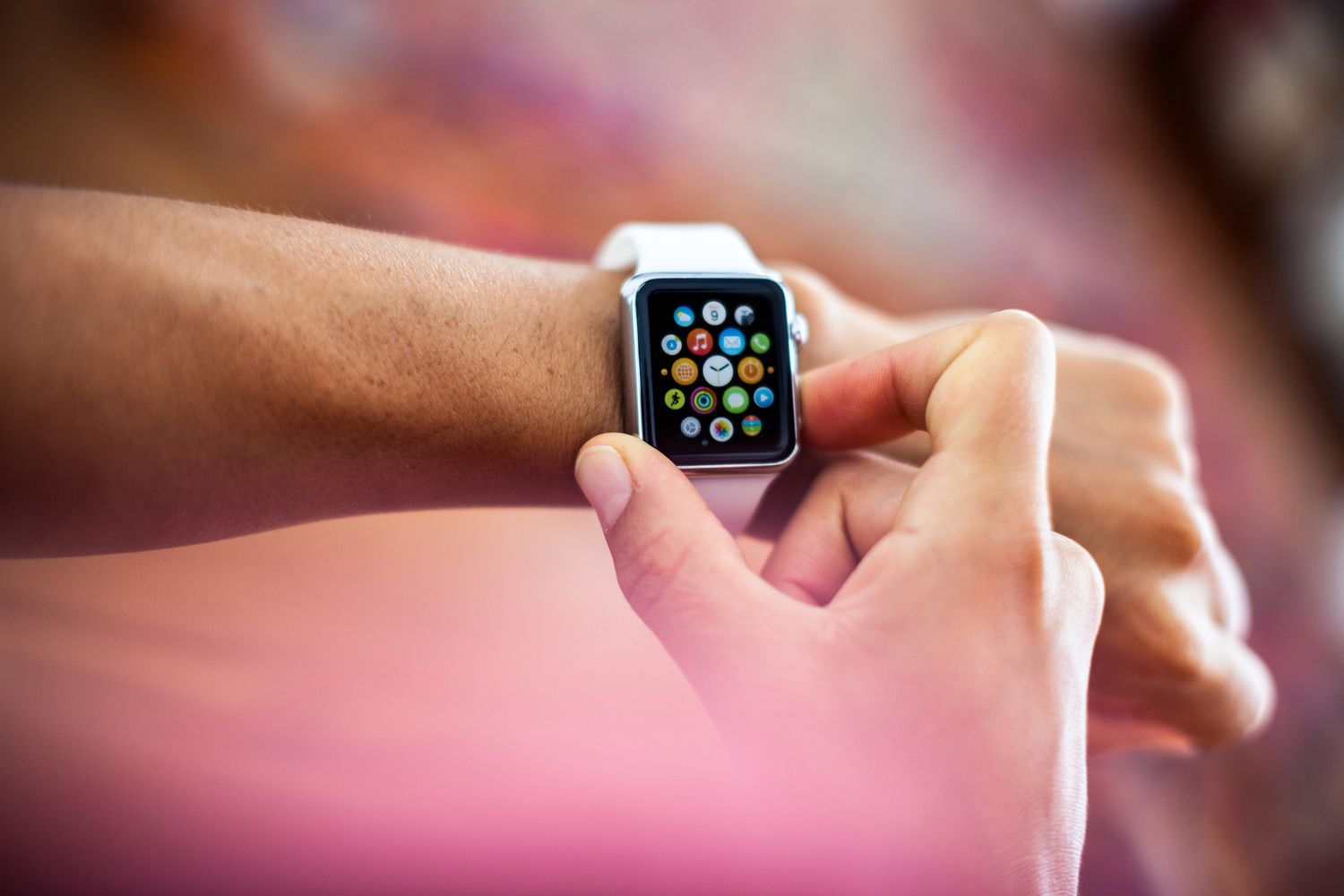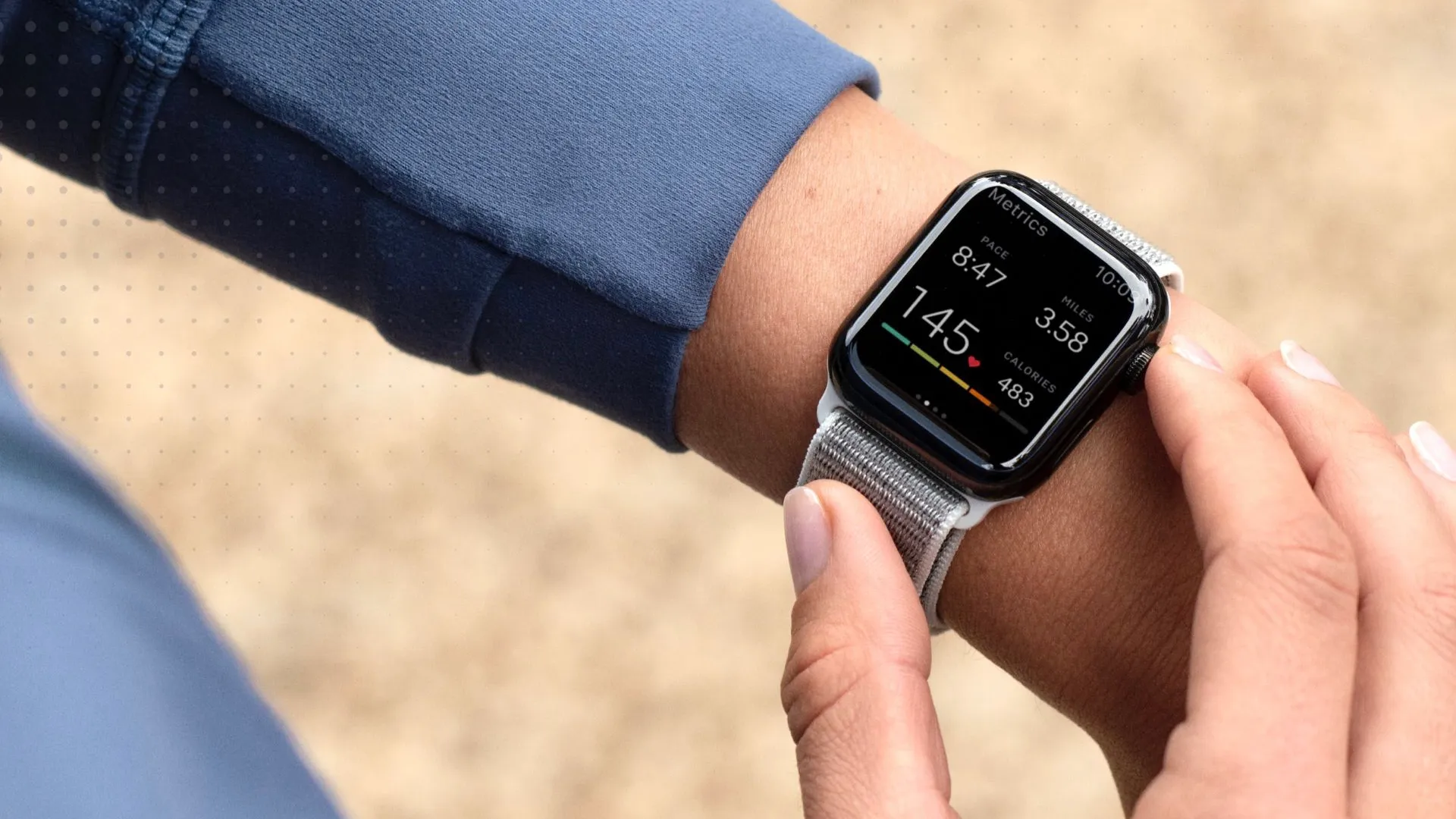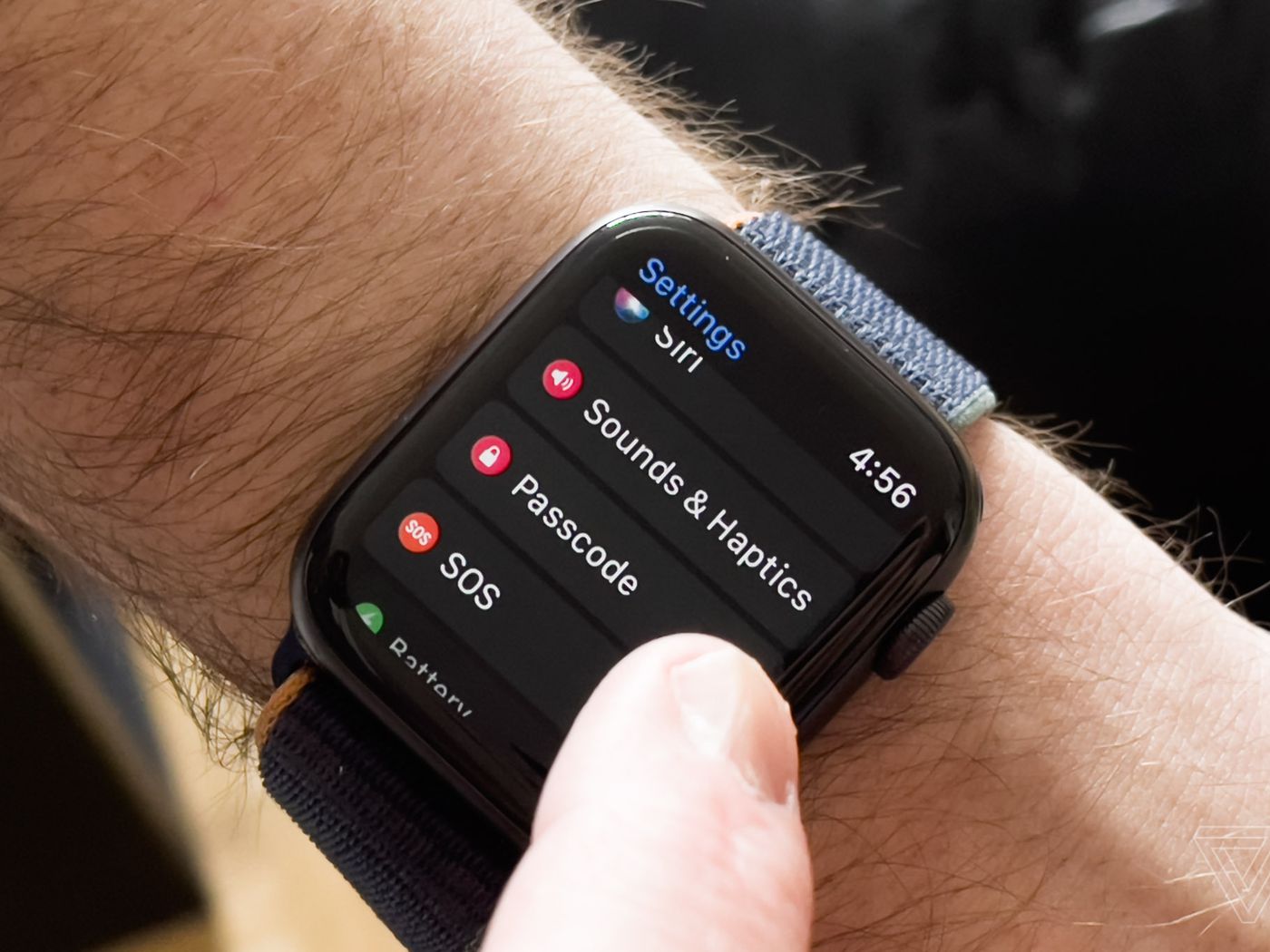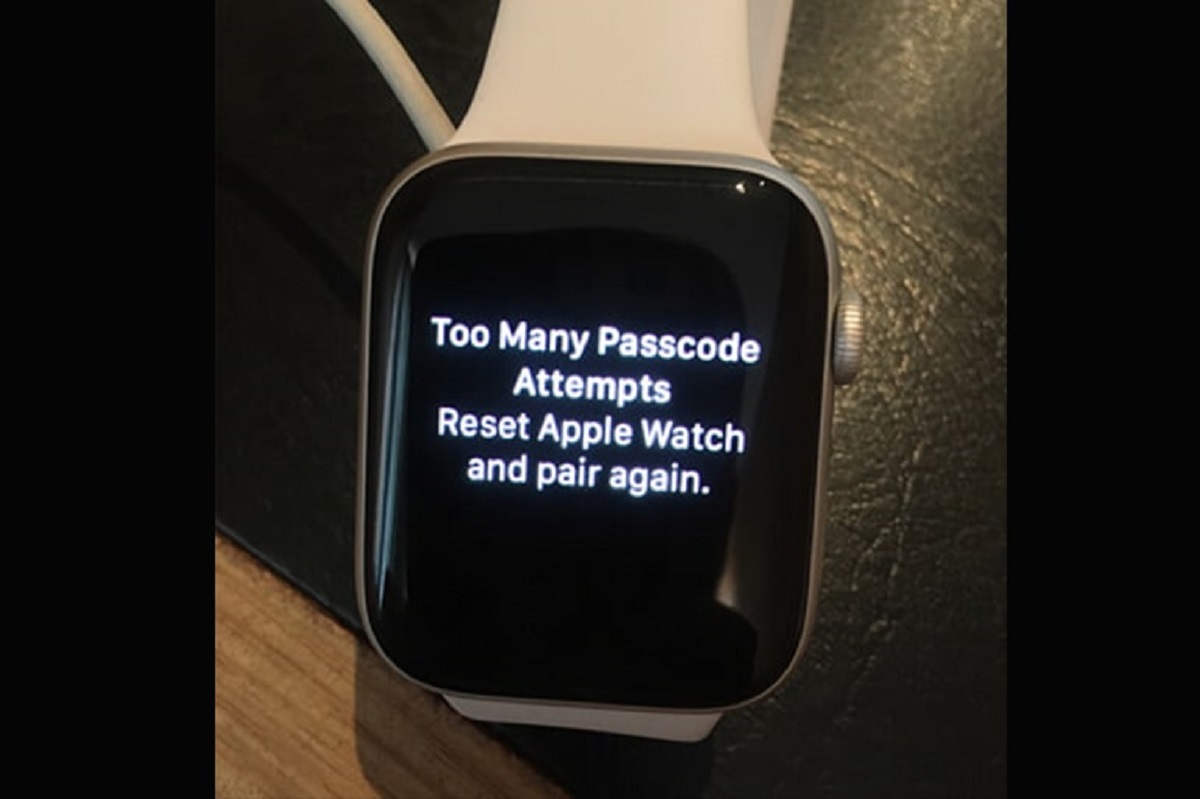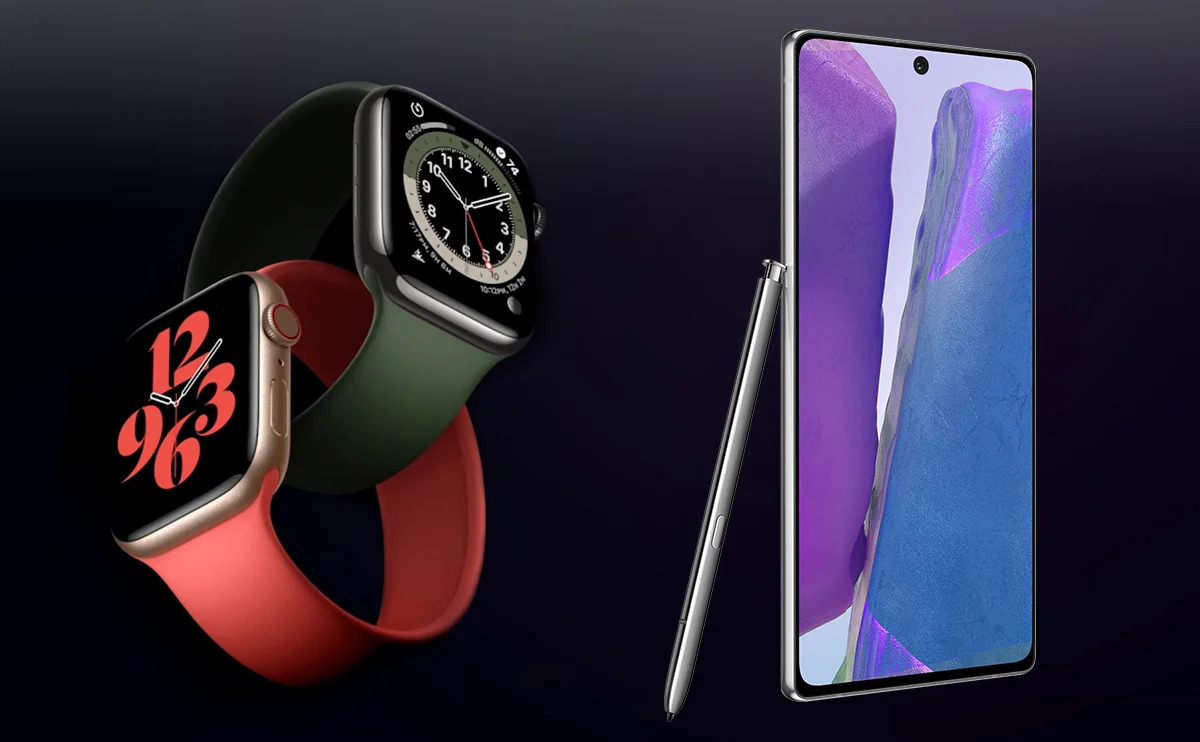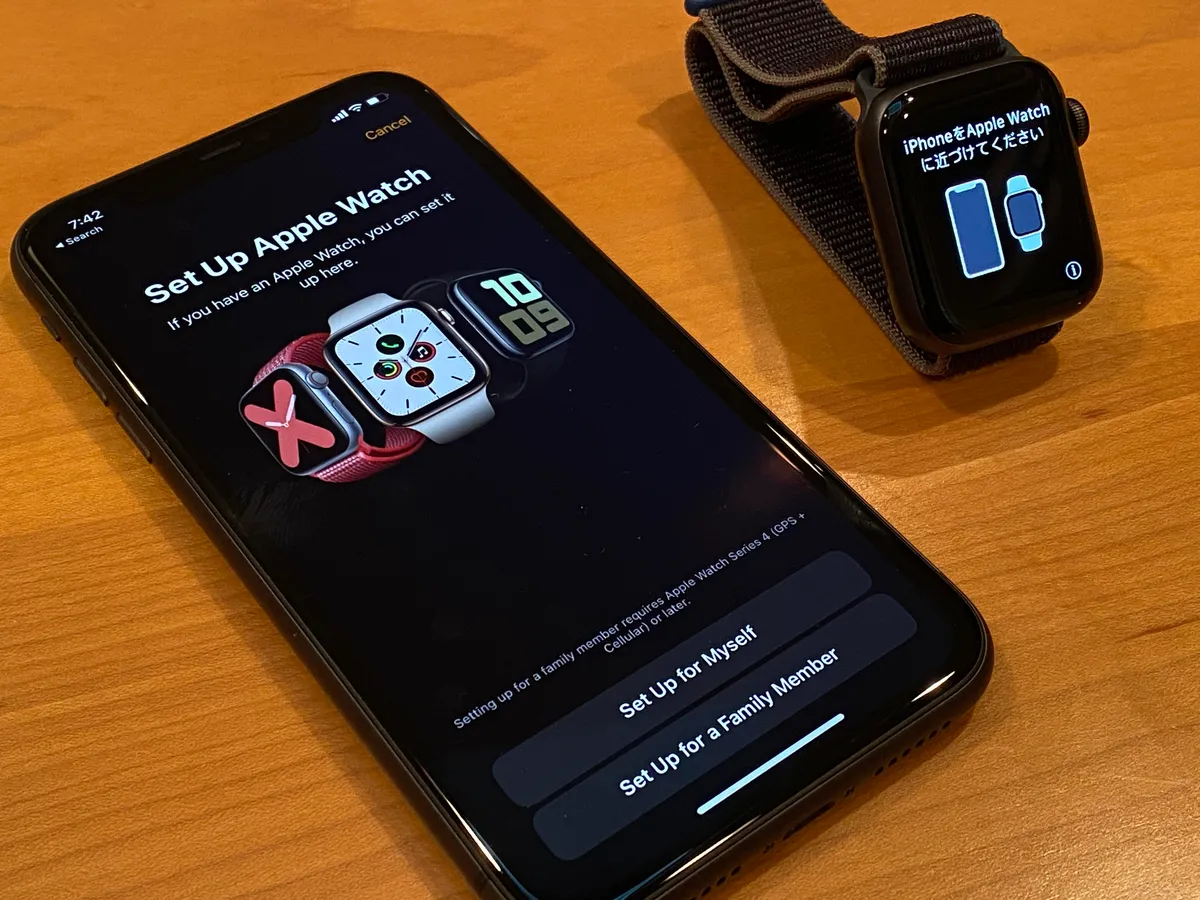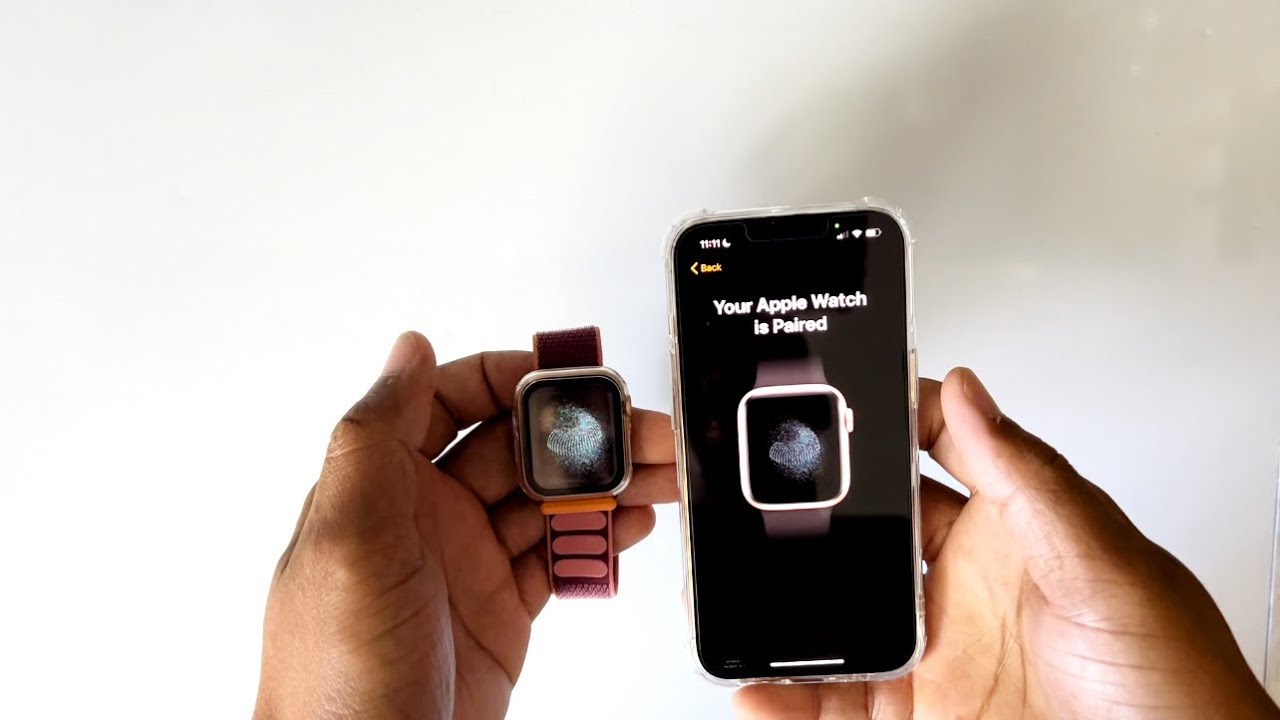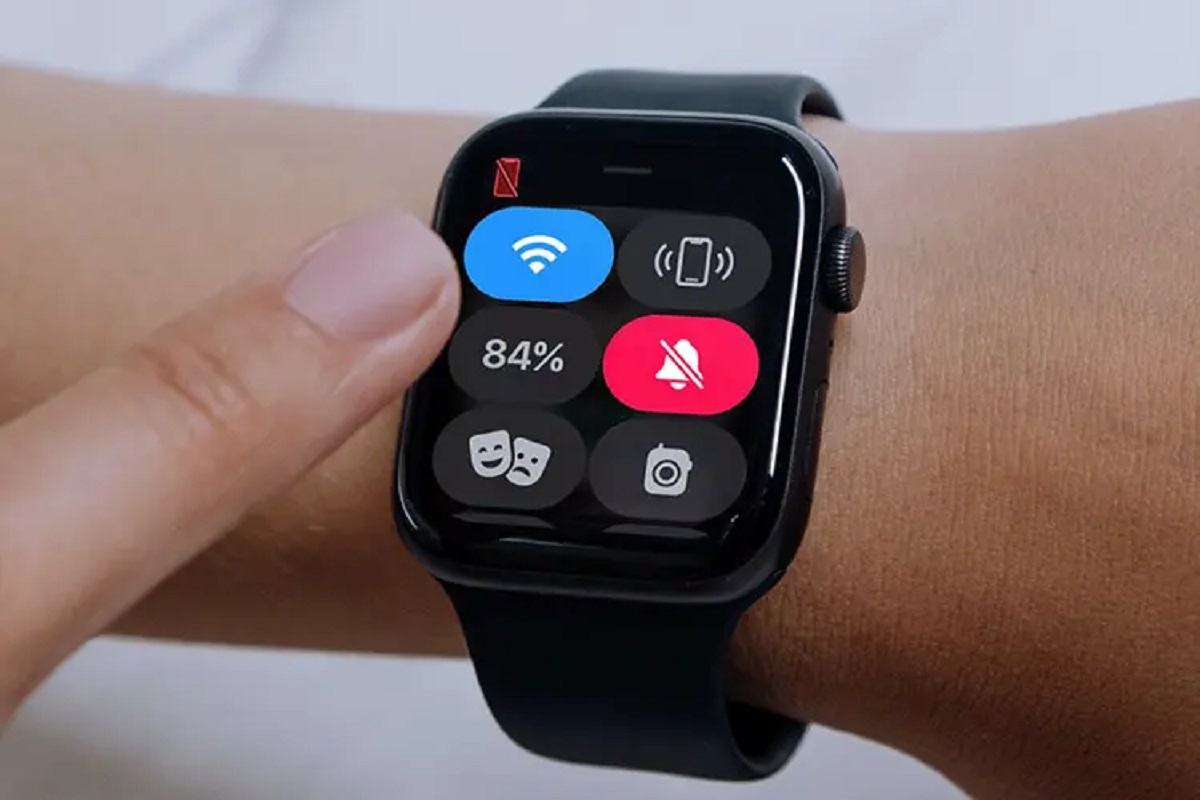Introduction
Welcome to the world of Apple Watch, a versatile device that goes beyond being just a companion for your iPhone. While the most common use case involves pairing the watch with your iPhone for seamless integration, there are situations where you might want to utilize the Apple Watch without the need for pairing. In this guide, we will explore how to use an Apple Watch without pairing it with an iPhone and discuss the benefits and limitations of this standalone mode.
When you think of using an Apple Watch, the first thing that comes to mind is pairing it with your iPhone. This pairing process establishes a connection between the two devices, allowing them to exchange information and share functionalities. However, there are instances where you may not have immediate access to your iPhone or simply prefer to use the Apple Watch independently.
Using your Apple Watch without pairing can be advantageous in certain scenarios. For instance, if you want to utilize the watch for fitness tracking while leaving your iPhone at home, or if you want to use it as a dedicated device for music playback when you go for a run. Additionally, if you have an older model of iPhone that doesn’t support the latest Apple Watch features, using the watch on its own allows you to take advantage of its capabilities without the limitations of an outdated iPhone.
Now that we’ve explored the reasons why you might want to use an Apple Watch without pairing, let’s delve into the step-by-step process of accomplishing this.
What Does Pairing an Apple Watch Mean?
When we talk about pairing an Apple Watch, we are referring to the process of connecting the watch to an iPhone. This pairing establishes a secure and seamless connection between the two devices, enabling them to communicate and share data. The pairing process involves syncing essential information such as contacts, calendars, and app data from your iPhone to the Apple Watch, allowing you to access and control these features directly from your wrist.
During the pairing process, the Apple Watch is paired via Bluetooth to your iPhone. This connection not only enables you to receive notifications and messages on your watch but also allows you to respond to them directly without needing to take out your phone. The iPhone acts as a companion device, providing a range of additional features and functionalities to enhance your overall experience with the Apple Watch.
Pairing the Apple Watch also helps in setting up various watch-specific features such as activity tracking, heart rate monitoring, and sleep analysis. By syncing your health and fitness data between the devices, you can have a comprehensive overview of your physical activities and monitor your progress over time.
In addition to syncing data, pairing allows for seamless integration with various Apple services and apps. You can use Apple Pay on your watch to make contactless payments, control your HomeKit-enabled smart devices, and even locate your misplaced iPhone using the Find My app.
Furthermore, the pairing process enables the Apple Watch to leverage the GPS and Wi-Fi capabilities of your iPhone, allowing for accurate location tracking and faster data connectivity. By relying on your iPhone for these network-related functionalities, the watch preserves its battery life since it doesn’t need to establish independent connections.
In summary, pairing an Apple Watch with an iPhone is a fundamental step in unlocking the full potential of this wearable device. It not only allows for seamless data syncing and access to various features but also enhances the overall user experience by leveraging the capabilities of both devices.
Why Use an Apple Watch Without Pairing?
While pairing an Apple Watch with an iPhone offers extensive features and functionalities, there are several compelling reasons why you might want to use the watch independently without the need for pairing:
- Fitness Tracking on the Go: Using the Apple Watch without pairing allows you to track your fitness activities even when you don’t have your iPhone with you. Whether you’re going for a run, hitting the gym, or simply want to monitor your daily activity, the Apple Watch can serve as a convenient standalone fitness tracker. It can monitor your heart rate, track your steps, and provide insights into your exercise performance.
- Music Playback: If you’re an avid music lover and enjoy listening to your favorite tunes during your workouts or when you’re on the go, using the Apple Watch without pairing allows you to store and play music directly from the watch. You can sync your favorite playlists or stream music through supported apps, making your workouts or outings more enjoyable without the need to carry your iPhone.
- Emergency Situations: In times of emergency, having a standalone Apple Watch can be invaluable. The watch’s built-in features like Emergency SOS can be accessed without the need for an iPhone. You can quickly call for help, share your location, and even utilize the fall detection feature, which can automatically alert emergency services in case of a fall or injury.
- Using Older iPhone Models: If you have an older model of iPhone that doesn’t support the latest updates and features of the Apple Watch, using the watch without pairing allows you to take advantage of its capabilities without any limitations imposed by an outdated iPhone. This ensures that you can still enjoy features like fitness tracking, notifications, and health monitoring even if your iPhone is not compatible.
- Preserving iPhone Battery Life: By using the Apple Watch as a standalone device, you can preserve the battery life of your iPhone, especially in situations where you expect to have limited access to a charger. Since the watch has its own battery, you can still stay connected, receive notifications, and track your activities without draining the battery of your iPhone.
These are just a few examples of why using an Apple Watch without pairing can be beneficial. It offers greater flexibility, independence, and convenience in various situations, allowing you to make the most of your wearable device without necessarily relying on an iPhone.
How to Use Apple Watch Without Pairing
Using an Apple Watch without pairing it with an iPhone is a straightforward process. Here’s a step-by-step guide on how to set up and utilize your Apple Watch as a standalone device:
- Unbox and Power On: Start by unboxing your Apple Watch and power it on by pressing and holding the side button until the Apple logo appears.
- Language and Region: Follow the on-screen prompts to select your preferred language and region settings.
- Connect to Wi-Fi: If you have access to a Wi-Fi network, you can connect your Apple Watch to it by going to the Settings app, selecting Wi-Fi, and choosing the network you want to connect to.
- Apple ID and iCloud: You will be prompted to sign in with your Apple ID and set up your iCloud account. This step is optional but recommended to fully utilize the features and services on your Apple Watch.
- App Installation and Management: Without pairing, you won’t have access to the App Store directly on your Apple Watch. However, you can still install apps by using the Watch app on your iPhone. Open the Watch app, go to the App Store tab, and browse or search for apps that have an Apple Watch component. Once downloaded and installed on your iPhone, the app will automatically appear on your Apple Watch.
- Customize Watch Faces: Personalize the look and feel of your Apple Watch by customizing the watch face. Press and hold the current watch face, then swipe left or right to select a new one. You can further customize the chosen watch face by adding complications or changing the color scheme.
- Configure Notifications: To receive notifications on your Apple Watch, go to the Watch app on your iPhone, select the Notifications tab, and choose the apps you want to receive notifications from.
- Exercise and Fitness: The Apple Watch can be used as a standalone fitness tracker. Open the Workout app on your watch and select the type of exercise you’re about to do. The watch will start tracking your progress, including heart rate, calories burned, and duration.
- Music Playback: To listen to music on your Apple Watch, you can sync your favorite playlists or stream music through supported apps. Use the Music app on your watch to control playback and adjust volume.
By following these steps, you can use your Apple Watch as a standalone device, making the most of its features and functionalities without the need for pairing with an iPhone. It offers a convenient and independent experience for activities such as fitness tracking, music playback, and receiving notifications directly on your wrist.
Using the Apple Watch as a Standalone Device
When you use an Apple Watch as a standalone device, it becomes more than just a companion for your iPhone. Here are some key features and functionalities you can leverage:
- Fitness Tracking: One of the primary benefits of using the Apple Watch without pairing is its ability to track your fitness activities independently. The built-in sensors and dedicated workout apps allow you to monitor your heart rate, track your steps, record your workouts, and even set fitness goals.
- Music Playback: With its built-in storage and Bluetooth capabilities, the Apple Watch allows you to store and play music directly from the device. You can sync playlists or stream music through supported apps like Apple Music or Spotify, making your workouts or daily commutes more enjoyable.
- GPS and Location Services: The Apple Watch Series 2 and later models have built-in GPS capabilities, allowing you to track your outdoor activities accurately. Whether you’re running, cycling, or hiking, the watch can provide precise distance measurements, pace tracking, and route mapping without the need for an iPhone.
- Notifications and Messaging: Using the Apple Watch as a standalone device allows you to stay connected even when your iPhone is not nearby. You can receive and respond to notifications, messages, and incoming calls directly on your watch, making it convenient to check important updates without having to reach for your phone.
- Wallet and Apple Pay: The Apple Watch can function as a digital wallet, enabling you to make contactless payments through Apple Pay. Even without an iPhone, you can pay for purchases effortlessly by simply double-clicking the side button on your watch and holding it near the payment terminal.
- Health Monitoring: The Apple Watch provides various health monitoring features, such as heart rate tracking, ECG measurement, and sleep analysis. These functions work independently without the need for an iPhone, allowing you to monitor your well-being and gain insights into your overall health.
By utilizing these standalone capabilities, you can experience the full potential of the Apple Watch as a versatile device that enhances your daily activities, keeps you informed, and promotes a healthier lifestyle.
User Experience and Limitations of Using Apple Watch Without Pairing
Using an Apple Watch without pairing offers certain advantages, but it also comes with a few limitations. Let’s explore the user experience and potential limitations of using the Apple Watch as a standalone device:
User Experience:
When used independently, the Apple Watch provides a seamless and intuitive user experience. You can still access various features, receive notifications, track your fitness activities, and even listen to music without the need for an iPhone. The watch’s user interface, combined with the Digital Crown and touchscreen, allows for easy navigation and interaction, ensuring a smooth and enjoyable experience.
Limitations:
Although the Apple Watch can function as a standalone device, there are a few limitations to be aware of:
- App Installation: Without an iPhone, you won’t have direct access to the App Store on the watch. Installing apps is possible, but you will need to rely on the Watch app on your iPhone to download and install compatible apps. This means you may have limited options compared to when the watch is paired with an iPhone.
- Internet Connectivity: While the Apple Watch can connect to Wi-Fi networks independently, it does not have standalone cellular capabilities in all models. Without cellular connectivity, you will need to have your iPhone nearby to access internet-based functionalities such as receiving and sending messages or using certain apps that rely on data connection.
- Limited Connectivity Features: Without pairing, you won’t have access to some of the connectivity features that rely on the iPhone’s capabilities. For example, you won’t be able to use your Apple Watch as a remote control for your iPhone’s camera or control your Apple TV. Additionally, certain apps may have reduced functionality without the iPhone’s presence.
- Data Syncing: As a standalone device, the Apple Watch has a limited ability to sync data to other devices or platforms. For example, health and fitness data will primarily remain on the watch, and you may not be able to seamlessly sync it with third-party health apps or platforms without an iPhone.
- Battery Life: While the Apple Watch has its own battery, certain functionalities like GPS tracking or streaming music can drain the battery relatively quickly. Without an iPhone nearby to rely on for connections and processing, the watch’s battery life might be more crucial to manage.
Overall, using the Apple Watch without pairing offers a satisfactory user experience with most essential features intact. However, it’s important to be aware of these limitations to ensure that the watch meets your specific needs and expectations when used independently.
Conclusion
The Apple Watch is a powerful device that can be used as a standalone device without the need for pairing with an iPhone. Whether you want to track your fitness activities, listen to music, receive notifications, or simply enjoy its sleek design and convenience, using the Apple Watch independently can provide an enhanced user experience.
By following the steps outlined in this guide, you can set up and use your Apple Watch without pairing, unlocking a range of features and functionalities that make it a versatile wearable device. Whether you’re leaving your iPhone behind for a workout or prefer the freedom of a standalone device, the Apple Watch offers flexibility and convenience in various scenarios.
While there are limitations to consider, such as app installation, connectivity options, and data syncing, the overall user experience is still impressive. The watch’s intuitive interface, fitness tracking capabilities, music playback, and more make it a valuable companion for your everyday activities.
So, whether you’re using an older iPhone model, want to conserve your iPhone’s battery life, or simply desire a more independent experience, utilizing the Apple Watch without pairing can elevate your wearable technology experience. Embrace the freedom and possibilities that come with using the Apple Watch as a standalone device and make the most of its many features and functionalities.







